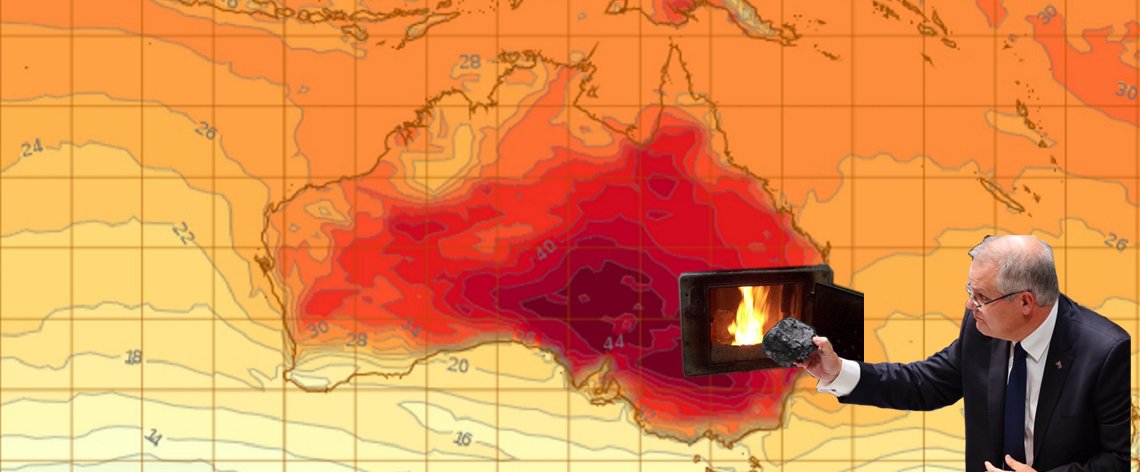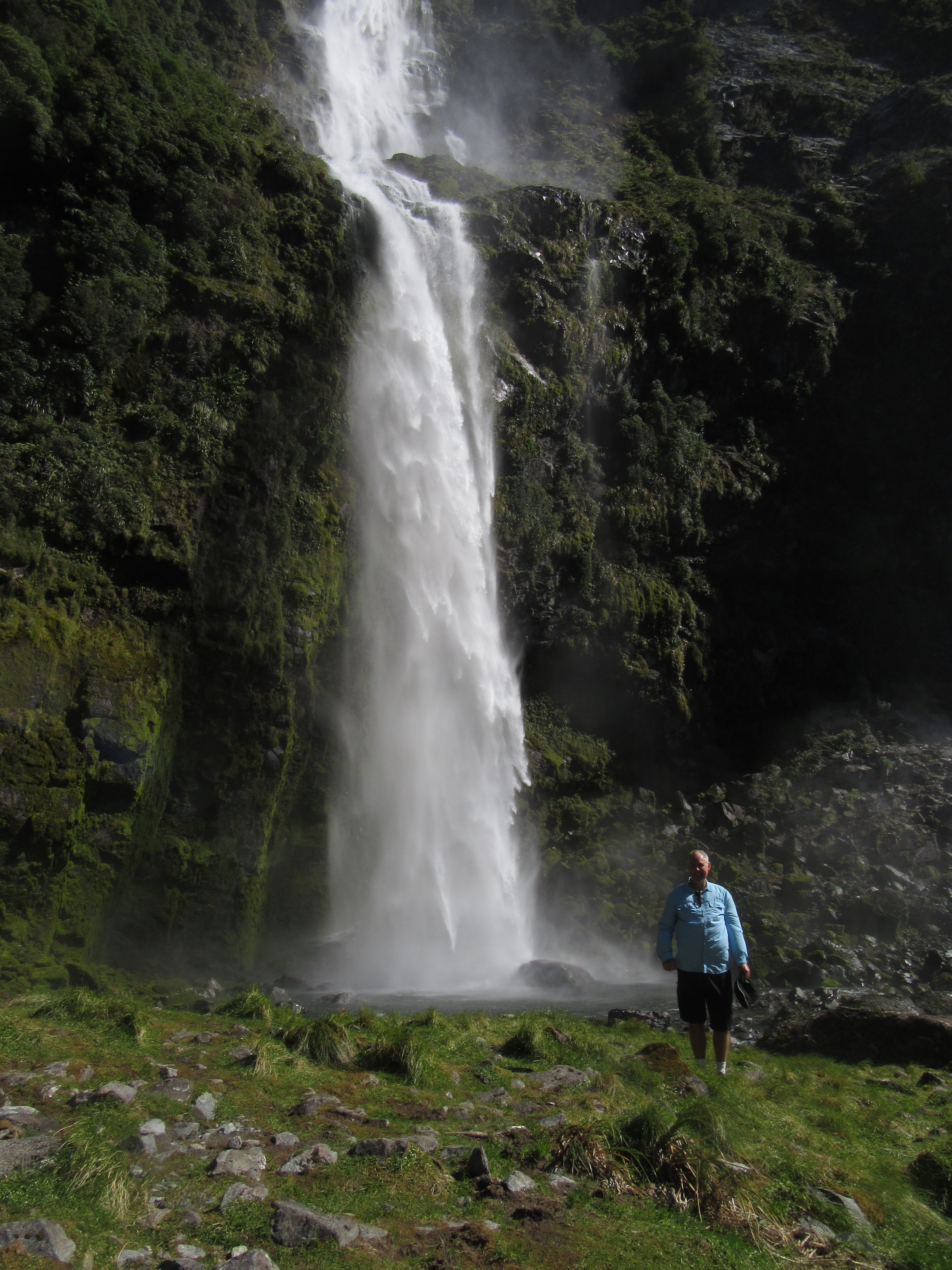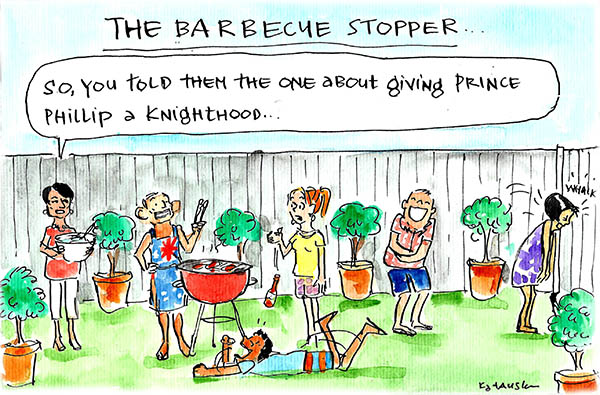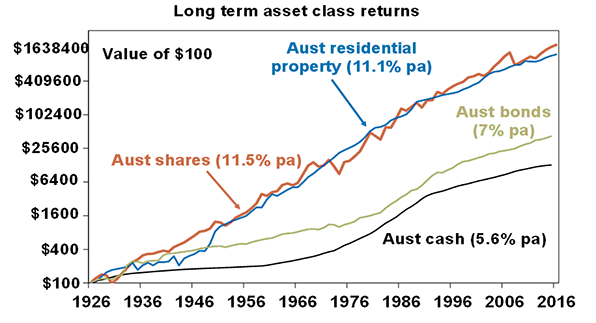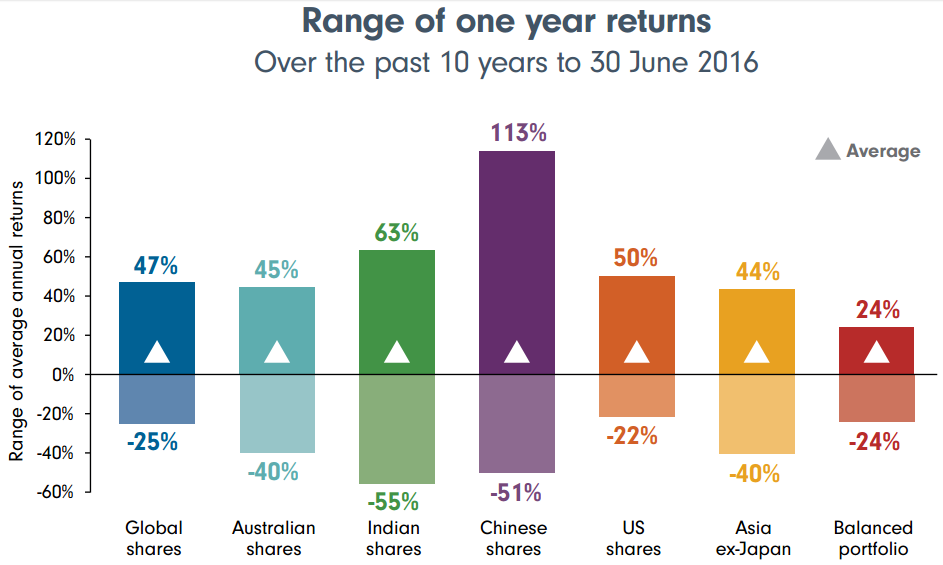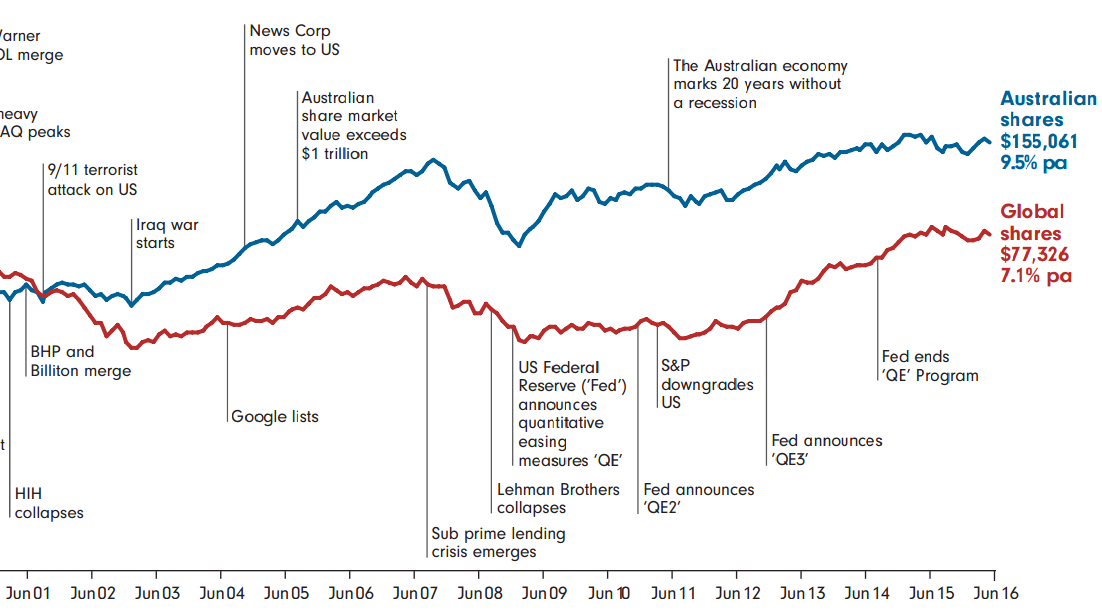
Slack Investor has been banging on about the efficiency of online accounts as a place to park your savings (here and here) but my life is also cluttered with other banking relationships – but each of these accounts are first thoroughly researched.
This sounds a bit Un-Slack but banks don’t want you to really think about your accounts, they want you to accept this banking relationship in a benign way as they clip the ticket on every transaction. But, with a bit of thought, you can save some money … and it is much better in your pocket than theirs.
Firstly, Online accounts, everyone should have one as this is the most efficient and flexible way of saving with no risk. Try InfoChoice for a selection of accounts – although some institutions ask you to set up another transaction account with them. At the moment, it is difficult to go past RaboDirect who have a juicy base rate of 1.9% and they link to your current transaction account. Make sure you look at the base rates as the “honeymoon” rates often expire after a few months.
Transaction accounts, these are the busy accounts that you usually have your pay go into and they have good online access and come with a debit card or perhaps pay wave. These accounts usually pay little or no interest and sometimes have monthly fees (If so, … avoid these like the plague!). Make sure you always use the no fee ATM’s or eftpos for getting cash.
Credit Cards, this is where it gets interesting and where banks get a lot of justified bad press ie., Greedy Banks. The current average credit charge rate is 16.92 percent in an environment where the Reserve Bank has set the cash rate at 1.5 percent – I know that there must be a margin … but this is ridiculous! Then there are the credit card transaction charges at the retail level (The ACCC reports them at 1-1.5 percent for Visa and MasterCard, and between 2-3 percent for an American Express card). But there are ways to avoid the hook.

Golden Slack Investor rules:
- Be nice to your mother.
- Always … Just Always … pay off your credit card every month to avoid these inflated interest rates.
- Ask at the point of purchase what the credit card transaction charges will be – explore alternatives to avoid these charges eg, eftpos
I don’t really blame banks… they are just companies that try to do the best for there shareholders. I received a great bit of advice from a seasoned investor 15 years ago …
Don’t complain about the big banks … just close your accounts and make sure you are a shareholder!
I took this advice and, where practical, moved my custom to the smaller banks and credit unions who were working a bit harder for their customers. Owning the big banks have been a profitable trade up until now, especially when you consider the fat dividends that pop up twice per year – Much better than bank account interest!
Due to their privileged position in the Australian economy, I am sure that big 4 banks will continue to be profitable, but they face a few headwinds now and growth will be difficult – They are out of the Slack Investor portfolio for now.
However, the first bit of advice remains true, engage with your banking – look at comparison sites like InfoChoice or Finder The smaller banks, mutual banks, and credit unions are still offering the best deals – make sure they have free ATM access, and some way of doing the occasional face-to-face transactions.
Just fill out a few forms, get some ID certified with a JP, scan … and join the banking revolution!




